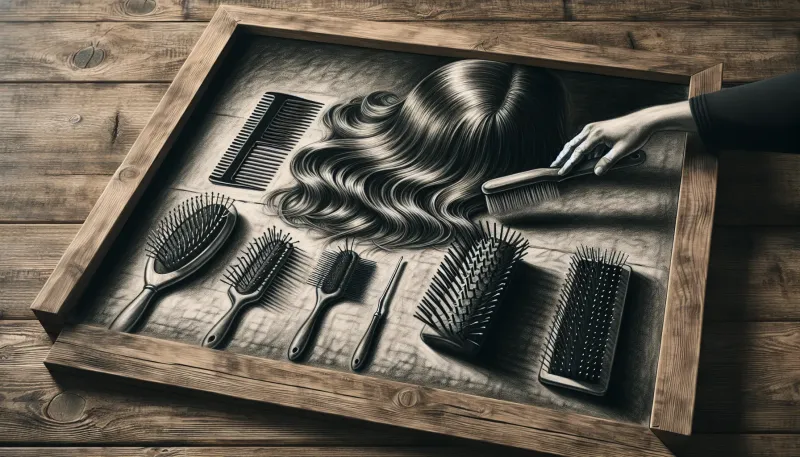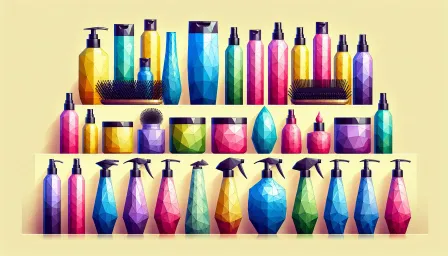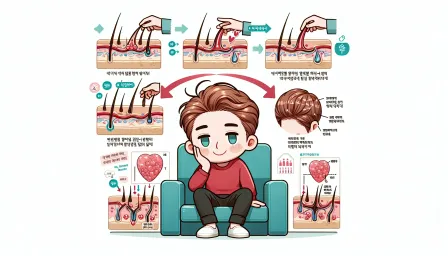Master Proper Brushing Techniques and Tools for Longhair Maintenance

Learn expert tips on proper brushing techniques and the best tools for maintaining longhair. Ensure your hair stays healthy, shiny, and tangle-free.
Longhair, with its luscious and flowing beauty, requires dedicated care to maintain its health and aesthetic appeal. Understanding proper brushing techniques and the right tools can make a significant difference in keeping your longhair free from tangles, breakage, and split ends. This article will guide you through the best practices and tools for managing and maintaining longhair effectively.
The Importance of Proper Brushing Techniques
Brushing your longhair correctly is essential not just for aesthetic reasons but also for maintaining its overall health. Proper brushing distributes natural oils from the scalp throughout the hair, which keeps it moisturized and shiny. It also stimulates blood circulation to the scalp, which can promote hair growth.
Choosing the Right Brushing Tools
The Importance of a Quality Brush
A quality brush is critical for longhair maintenance. The right brush can minimize hair damage, reduce static, and help detangle knots easily. Here are some recommended types of brushes for longhair:
Boar Bristle Brushes
Boar bristle brushes are excellent for distributing natural oils from the scalp through the hair, which adds shine and reduces frizz. They are gentle and help in maintaining hair health without causing breakage.
Wide-Tooth Combs
Wide-tooth combs are perfect for detangling wet hair without causing damage. They prevent breakage and can be used to evenly distribute conditioner in the shower.
Paddle Brushes
Paddle brushes with cushioned bases and flexible bristles are ideal for longhair. They cover more surface area, making brushing quicker and more efficient while reducing strain on the hair.
Step-by-Step Brushing Techniques
Step 1: Detangle Gently
Start by detangling your hair from the ends, gradually working your way up to the roots. This method prevents breakage and makes brushing a more manageable process.
Step 2: Brush in Sections
Divide your hair into smaller sections and brush each section individually. This ensures that you untangle all of your hair thoroughly and reduces the risk of pulling and breaking strands.
Step 3: Avoid Brushing Wet Hair
Hair is more prone to breakage when wet, so use a wide-tooth comb to detangle instead of a brush. If you must brush wet hair, opt for a wet brush designed specifically for this purpose.
Step 4: Brush Before Bed
A nighttime brushing routine can help distribute oils and prevent tangles while you sleep. Use gentle strokes to avoid causing friction and damage.
Additional Tips for Longhair Maintenance
Tip 1: Regular Trims
Regular trims every 8 to 12 weeks help prevent split ends and keep your longhair looking healthy.
Tip 2: Use Heat Protectant
If you frequently use heat styling tools, use a heat protectant spray to minimize damage and breakage.
Tip 3: Hydration is Key
Keep your hair hydrated with deep conditioning treatments and leave-in conditioners, especially if your hair is prone to dryness.
Tip 4: Sleep on Silk
Sleep on a silk pillowcase or use a silk hair wrap to reduce friction and prevent tangles and breakage while you rest.
Common Mistakes to Avoid
Avoid common mistakes such as using the wrong brush, brushing too vigorously, or brushing from the roots to the ends. These habits can cause unnecessary hair damage and lead to breakage and split ends.
Conclusion
Proper brushing techniques and the right tools are essential for maintaining the health and beauty of longhair. By investing in quality brushes, following the right brushing methods, and incorporating additional hair care tips, you can keep your long locks looking their best. Remember, gentle and consistent care is the key to long, healthy, and beautiful hair.
© 2024 Longhair Maintenance Guide. All rights reserved.



























